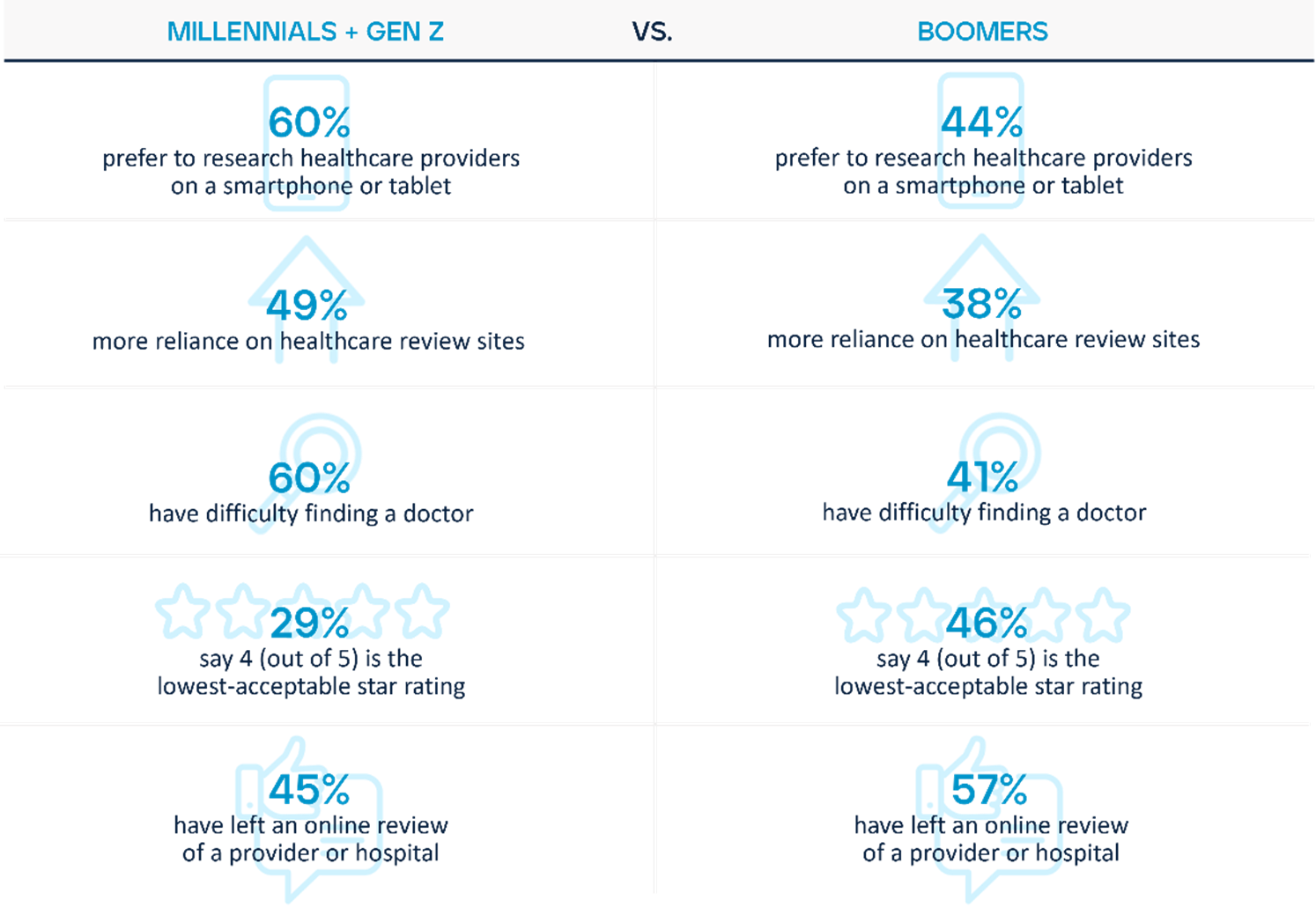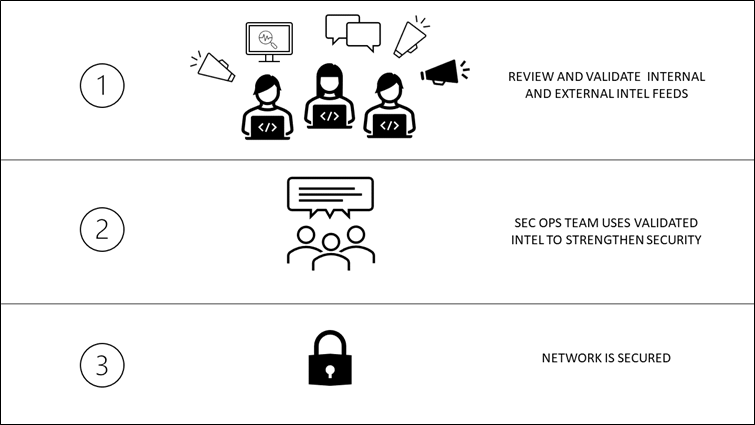As it has been in the last several years, 2023 has significant regulations in play – predominantly revolving around interoperability and transparency, making it strategically critical for health plans to understand the life cycle of their data. Enrollment data, Provider Contracting & Participation data and Cost Sharing transparency will all see changes in the next few years. It is no longer enough to simply have the data and extract it – health plans need to understand where data comes from and how it’s used. They need to completely understand what data is being extracted, the intent of the data, and how it’s being reported and how it is presented to their members.
Data Granularity & Health Equity
The Covid-19 pandemic shined a glaring light on inequity in health outcomes. We knew that social economics plays a role in health outcomes, but we weren’t looking at race, ethnicity, and other stratifications or at least not at the right level of granularity. For example, during Covid, health outcomes for those of African American descent were dramatically less – regardless of economic level.
It is critical that we look at the data in more granularity – and look at race, ethnicity, gender, and gender identity. We need to identify outcomes and start improving them. We need to ensure that some segments of society aren’t being undermanaged or underserved due to insufficient/too broad data.
Race & Ethnicity Stratification
Health plans are required to report race and ethnicity. However, we’ve never separated the two, meaning a patient would be listed as Black and Hispanic. By getting more granular with the data – for instance by separating these two data points we can improve individual and population health.
Another example – today, a patient would be listed as multi-race/Hispanic. But what if we got more granular and note that this patient is Puerto Rican, Black, and Hispanic. With this more granular data, we can start to see what needs to be improved, such as better communication methods or increased education. We can approach patients with more knowledge gleaned from this data granularity and improve care.
Currently, there are no codes for Middle Eastern descent – but we know that people of Middle Eastern descent have their own genetic markers. What information could we glean from this population if that code and subsequent data existed? How could it improve the health of this population?
Protecting Sensitive Data
There remains a hesitancy in some parts of the population to share their information. Race, sexual orientation, and gender identity can be sensitive topics to certain members of the population, and with this sensitivity sometimes comes a hesitancy to share this information. For instance, SOGI has been hit or miss around transgender and how transgender people are treated.
This is a stumbling block we need to acknowledge and manage. We need to be sensitive to the increasingly granular data we store, its sensitivity, societal triggers, and patient/populations outcome/treatment. We need to protect this data and keep vulnerable populations safe/comfortable to share their information.
Federal & State Regulations
Health plans need to get to the level of granularity required by these regulations.
In 2023, NCQA’s health plan ratings include commercial, Medicare, and Medicaid health plans. The rating is a weighted average of a plan’s HEDIS® and CAHPS® measure ratings and accreditation status as of June 30, 2023.
Furthermore, in 2023, HEDIS is requiring additional reporting stratification for five key measurements:
- Colorectal Cancer Screening
- Controlling High Blood Pressure
- Hemoglobin A1c Control for Patients with Diabetes
- Prenatal and Postpartum Care
- Child and Adolescent Well Care Visits.
HealthEdge – Enabling Transparent Data
The member centric goals of interoperability and transparency efforts hinge upon the industry’s approach to understanding data characteristics, from the business perspective, beyond data mapping and formatting. As regulations evolve and standards are adopted, we begin to see alignment of data standards and transaction formats for these data elements.
The HealthEdge suite of products is so adaptable – it can create the mechanism to allow our customers to collect, store, use, and extract the data in any way necessary to improve their member health and meet regulatory compliance requirements.
Learn more about HealthEdge’s accurate, real-time data here.








